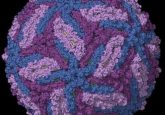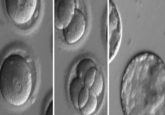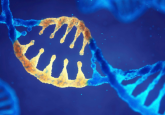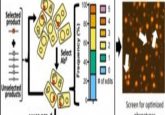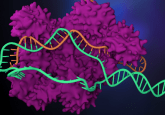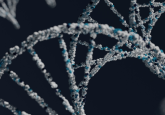Researchers are one step closer to synthesizing a complete yeast genome
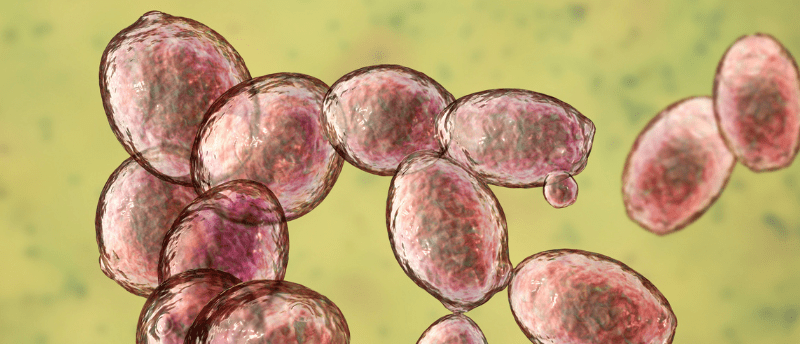
A yeast strain with 31% synthetic DNA has been successfully produced, displaying normal morphology and budding behavior.
Scientists have produced a strain of yeast containing 31% synthetic DNA, which replicates in a similar manner to wild yeast. This was done as part of the Synthetic Genome Project (Sc2.0), a global consortium launched 15 years ago to develop the first synthetic eukaryotic genome from scratch. Being able to design yeast strains could lead to strains that are more tolerant to harsh conditions.
“Our motivation is to understand the first principles of genome fundamentals by building synthetic genomes,” commented co-author Patrick Yizhi Cai (University of Manchester, UK). “The team has now re-written the operating system of the budding yeast, which opens up a new era of engineering biology – moving from tinkering a handful of genes to de novo design and construction of entire genomes.”
Bacterial and viral genomes have been synthesized before; however, this is the first time a eukaryotic genome has been synthesized. Eukaryotic cells present a more complicated challenge due to the multiple chromosomes present.
This synthetic yeast genome is based on the natural Saccharomyces cerevisiae (brewer’s or baker’s yeast) genome. However, the researchers modified the natural yeast genome heavily, removing sections of non-coding DNA and repetitive elements and adding new sections of DNA to distinguish between the synthesized and native genes.
In their ‘designer genome’, the researchers were able to introduce new functions not found in nature. This includes ‘SCRaMbLE’, which shuffles the genetic content within and between chromosomes meaning different variations of each cell can be produced. To increase genome stability, the researchers also relocated the 275 nuclear transfer RNA (tRNA) genes in yeast and created a tRNA neochromosome to house them. “The tRNA neochromosome is the world’s first completely de novo synthetic chromosome,” explained Cai. “Nothing like this exists in nature.”
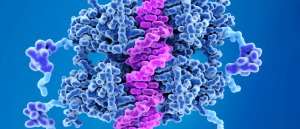 Deep learning improves de novo protein-binder design
Deep learning improves de novo protein-binder design
Using deep learning to enhance physical models for protein-binder design increases the target binding success rate.
The baker’s yeast genome is organized into 16 chromosomes. The researchers began by creating 16 partially synthetic yeast strains consisting of one synthetic chromosome and 15 natural chromosomes. They used a method reminiscent of Mendel’s peas to combine the synthetic chromosomes into a single yeast cell. This involved interbreeding each of the different partially synthetic yeast strains and searching their progeny for strains containing both synthetic chromosomes. Gradually, six fully synthetic chromosomes and one chromosome arm were consolidated into a single cell. This resulted in a yeast strain that was more than 31% synthetic with normal morphology; however, this strain did display slight growth defects compared to wild-type yeast.
In the synthetic yeast strain, the researchers detected several genetic defects that were not visible in the partially synthetic yeast strains. “We knew in principle that this might happen – that we might have a huge number of things that had tiny little effects and that, when you put them all together, it might result in death by a thousand cuts,” explained senior author Jef Boeke (NYU Langone Health, NY, USA). They were able to fix some of these defects using a method based on CRISPR/Cas9.
To transfer specific chromosomes between strains, the researchers also developed a method of chromosome substitution. In a proof-of-concept study, they transferred a synthesized chromosome and produced a yeast cell with 7.5 synthetic chromosomes.
Next, the researchers will integrate the remaining chromosomes. “Now we’re just this far from the finish line of having all 16 chromosomes in a single cell,” commented Boeke. “I like to call this the end of the beginning, not the beginning of the end, because that’s when we’re really going to be able to start shuffling that deck and producing yeast that can do things that we’ve never seen before.”
